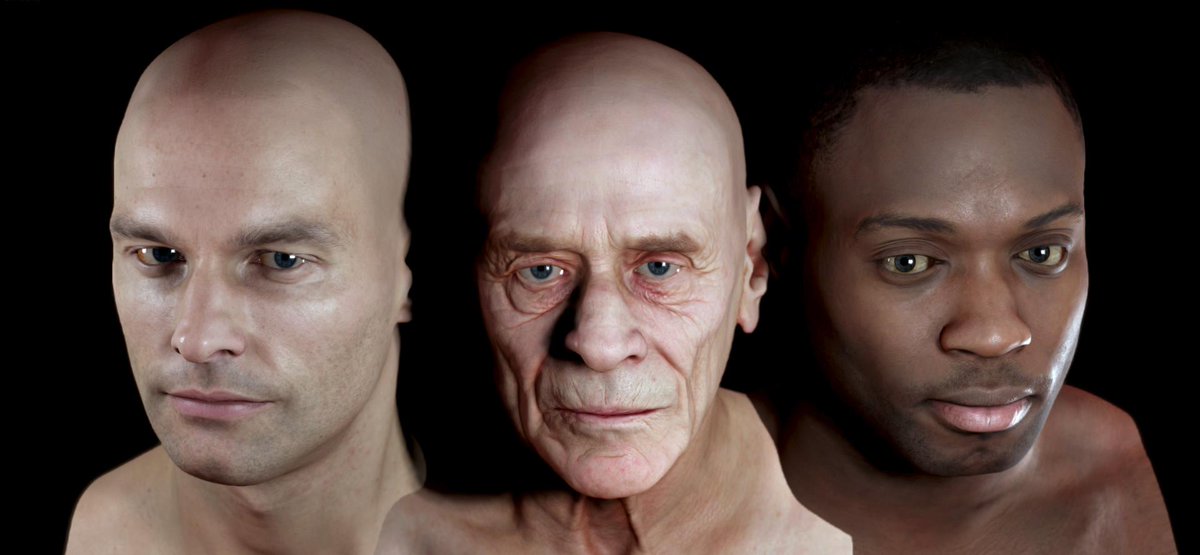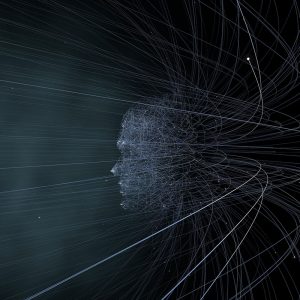sketch
//Hannah Kim
//Section A
//hannahk2@andrew.cmu.edu
//Project-02
var eyeHeight = 40;
var eyeWidth = 42;
var pupil = 5;
var mouthHeight = 10;
var mouthWidth= 20;
var tentacleHeight= 10
function setup() {
createCanvas(640, 480);
}
function draw() {
//colors
background(210, 134, 136);
var bodyColor = color(188, 81, 81);
var darkestColor= color(62, 25, 26);
var tentacleColor= color(81, 40, 40);
var white= color(254, 218, 233);
var black= color(16, 0, 1);
noStroke();
//body curve
fill(bodyColor);
beginShape();
curveVertex(270, 600);
curveVertex(259, 300);
curveVertex(240, 136);
curveVertex(263, 71);
curveVertex(352, 54);
curveVertex(397, 98);
curveVertex(398, 142);
curveVertex(378, 262);
curveVertex(374, 700);
endShape();
//left tentacles
fill(tentacleColor)
ellipse(158, 348, 10, tentacleHeight);
ellipse(161, 330, 10, tentacleHeight);
ellipse(171, 314, 10, tentacleHeight);
ellipse(187, 308, 10, tentacleHeight);
ellipse(197, 286, 10, tentacleHeight);
ellipse(209, 273, 10, tentacleHeight);
ellipse(228, 273, 10, tentacleHeight);
//right tentacles
fill(tentacleColor)
ellipse(407, 276, 10, tentacleHeight);
ellipse(429, 281, 10, tentacleHeight);
ellipse(435, 276, 10, tentacleHeight);
ellipse(447, 298, 10, tentacleHeight);
ellipse(465, 312, 10, tentacleHeight);
ellipse(477, 338, 10, tentacleHeight);
ellipse(479, 363, 10, tentacleHeight);
//front 2 legs
fill(bodyColor);
beginShape();
curveVertex(259, 300);
curveVertex(259, 300);
curveVertex(279, 415);
curveVertex(274, 400);
curveVertex(275, 381);
curveVertex(272, 358);
curveVertex(246, 315);
curveVertex(244, 281);
curveVertex(317, 239);
curveVertex(389, 265);
curveVertex(391, 319);
curveVertex(373, 345);
curveVertex(365, 377);
curveVertex(363, 405);
curveVertex(357, 419);
curveVertex(348, 362);
curveVertex(365, 311);
curveVertex(318, 277);
curveVertex(276, 296);
curveVertex(280, 325);
curveVertex(288, 370);
curveVertex(283, 410);
curveVertex(280, 418);
curveVertex(276, 417);
endShape();
//left leg
fill(bodyColor);
beginShape();
curveVertex(400, 234);
curveVertex(265, 232);
curveVertex(204, 232);
curveVertex(180, 256);
curveVertex(166, 288);
curveVertex(152, 299);
curveVertex(142, 329);
curveVertex(156, 380);
curveVertex(157, 378);
curveVertex(160, 333);
curveVertex(175, 314);
curveVertex(198, 287);
curveVertex(222, 270);
curveVertex(262, 273);
curveVertex(400, 275);
endShape();
//right leg
fill(bodyColor);
beginShape();
curveVertex(300, 240);
curveVertex(372, 245);
curveVertex(435, 230);
curveVertex(458, 244);
curveVertex(462, 274);
curveVertex(473, 290);
curveVertex(497, 322);
curveVertex(482, 383);
curveVertex(480, 379);
curveVertex(470, 316);
curveVertex(441, 289);
curveVertex(405, 275);
curveVertex(381, 270);
curveVertex(350, 275);
endShape();
//left eye white
fill(white);
ellipse(295, 195, eyeWidth, eyeHeight);
//left eye pupil
fill(black);
ellipse(295, 195, pupil, pupil);
//right eye white
fill(white);
ellipse(348, 194, eyeWidth, eyeHeight);
//right eye pupil
fill(black);
ellipse(348, 194, pupil, pupil);
//mouth
fill(darkestColor);
ellipse(320, 230, mouthWidth, mouthHeight);
//left brow
strokeWeight (3);
stroke(120);
line(270, 170, 286, 165);
//right brow
strokeWeight (3);
stroke(120);
line(351, 163, 365, 169);
}
function mousePressed() {
eyeHeight = random(30, 55);
eyeWidth = random(20, 60);
pupil = random(2, 10);
eyeSize = random(10, 30);
mouthHeight = random(4, 30);
tentacleHeight = random(10, 20);
}
This project was pretty fun for me. Since it was my first time working with the curve function, it got frustrating at times, but I am pretty happy with how the curves and the changing shapes on the octopus turned out.
![[OLD FALL 2017] 15-104 • Introduction to Computing for Creative Practice](../../../../wp-content/uploads/2020/08/stop-banner.png)






